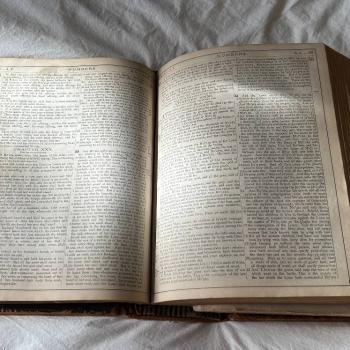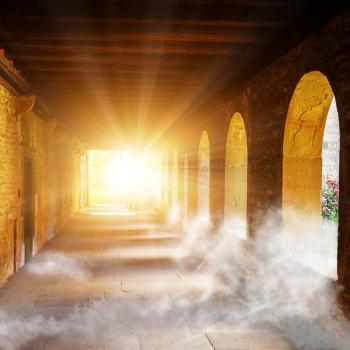Celebrating the Life of Two Bodhisattvas
What do Buddhists do during Christmas?
They celebrate! Yes, they do. I am a Buddhist, and I certainly do. And I know many other Buddhists who do as well. Christmas time for me is a holy time. Not because I will receive a new ready-racer bicycle under the tree but because this time of year reminds me of two events that happened in the world’s history that give me great inner hope and inspiration- The birth of Jesus and the enlightenment of Gautama Buddha
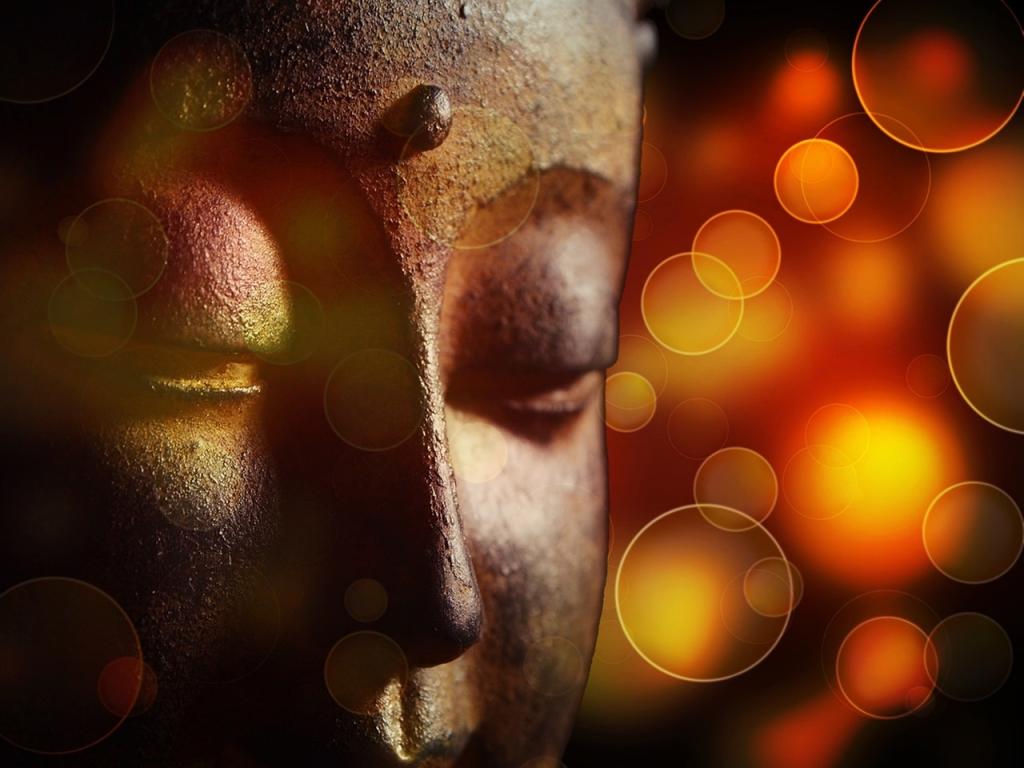
Jesus, Master of the Six Perfections
In my years of practicing Buddhism and striving to embody its six perfections, I have come to greatly admire Jesus. To me, he is one of the greatest bodhisattvas in history.
The six perfections teach us to be kind, generous, patient, joyful, meditative and do all that with wisdom. If your aim is to become totally enlightened, then you must do these six perfections with an unwavering motivation to become the best possible version of yourself so that you can be of assistance to everyone around you. And in order to pull that off, you must become selfless.
Have you tried this yet? Have you tried to live 24/7 with the interests of others more on the forefront of your mind than your own? If you have, you probably agree with me- it is very hard to let go of the self we are so attached to.
Well, that’s what Jesus did, and so did Lord Buddha. They both gained victory over selfishness in all forms.
Think of it this way- in a world with so many people living lives motivated by personal gain, Jesus and Buddha are among the few who manage to, one way or another, live completely differently. And in so doing, healed and helped many people.
Buddhists celebrate this victory over the self many times every year. Check out this article I referred to in Tricycle magazine for an in-depth picture of their main holidays. You will see that gratitude, joy and generosity are central to their outpouring of faith.
Here are some Buddhist holidays and a simplified explanation of what each holiday entails:
Bodhi Day
Bodhi Day is a celebration honouring Gautama Buddha’s moment of attaining enlightenment. It is a time of Meditation, lighting candles, decorating trees and eating symbolic foods. It’s a time for reflection, making vows and refurbishing old ones.
My favourite aspect of Bodhi Day is the acknowledgment that it can be done. Yes, I mean total enlightenment.
Bodhi day feels especially “Christmasy” to me because it is in December, but it is also the celebration of a great being who benefited many others.
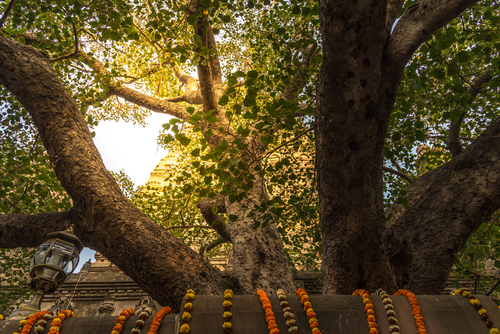
Dharma Day
Dharma Day honours the Buddhists’ first teaching at Sarat, Deer Park. Buddhism started on that day, and it is celebrated on the full moon of the eighth lunar month, usually in July. Monks and lay people recite the Dhammacakkappavattana Sutta, while practitioners renew their commitment to Buddhist refuge. It is taking joy, new beginnings, and the profound teachings of the middle way. There are candlelit processions and acts of generosity in the significance of the Dharma, communal devotion, and the pursuit of enlightenment.
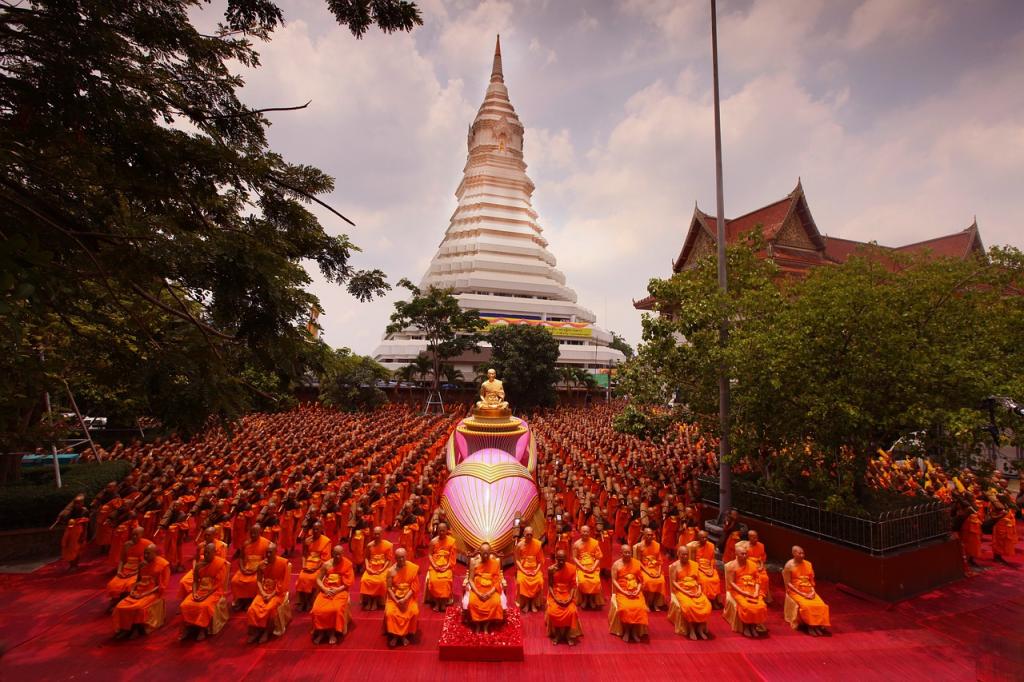
Kathina
The festival of Kathina occurs at the end of the three-month-long rains retreat (known as the Vassa retreat)in Theravada countries.
It originated from monks’ dedication during the rainy season and the Buddha’s gift of new clothes to the monks and nuns. The festival lasts about a month, ending on a full moon, signifying when monks spread the Buddhist teachings. The celebration emphasizes generosity, dedication to practice, and the spread of the Dharma.

Buddhist New Year
Buddhist New Year celebrations follow the lunar calendar, take place in winter or spring, and signify renewal and purification. Celebrants clean homes and make offerings for health and peace. Different celebrations like Losar (Tibetan), Shogatsu (Japanese) and Songkran (Thai) feature unique rituals, Tibetan cultural events, Japanese temple visits, bell-ringing Thai water fights, and sand carrying to symbolize cleansing.

Speaking of new beginnings, here is a link to my first Patheos article describing meeting my Holy Lama for the first time.
Bon Festival
The Bon festival in Japan takes place over several days and honours ancestors. Families clean, make offerings and light lanterns to guide spirits home. Rituals include Bon Odori dances, floating lanterns, and water to bid farewell until the next year.
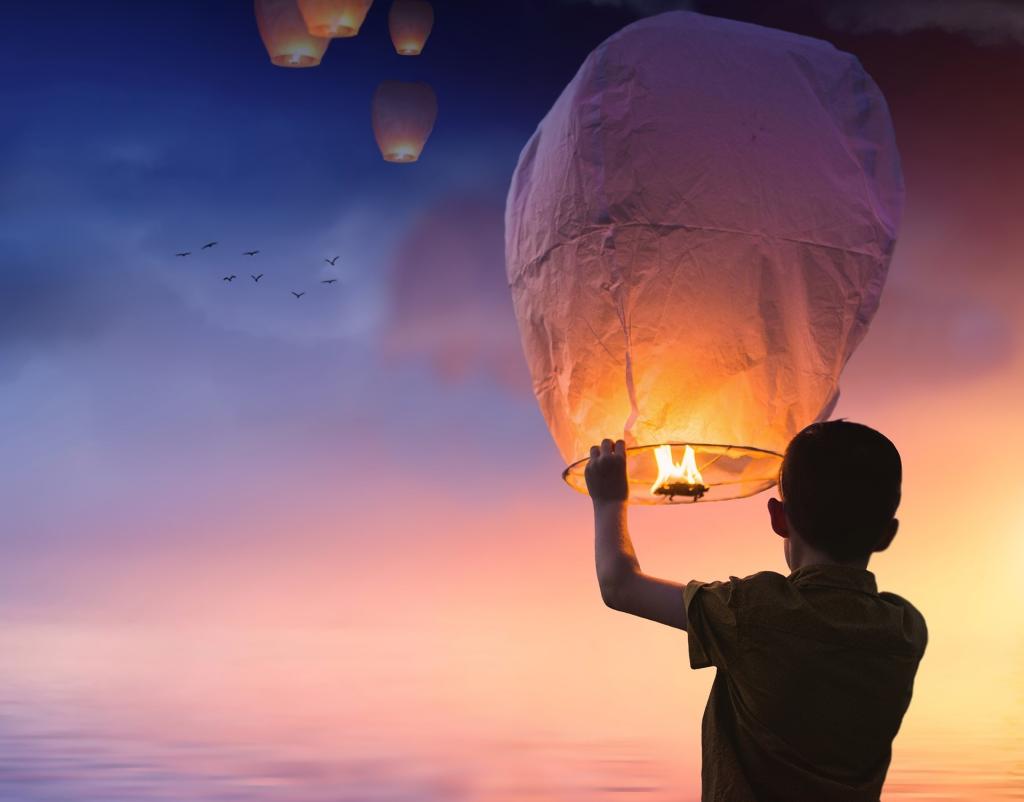
Vesak or Buddha Day
For many, this is the most significant day in Buddhism. It honours the Buddha’s birth, enlightenment, and passing and is celebrated on a full moon between April and June. One of the wonderful effects of this celebration is it unites diverse Buddhist traditions. It has been a global holiday since 1999, emphasizing gratitude, charity, abstaining from indulgences and focusing on merit through good deeds.
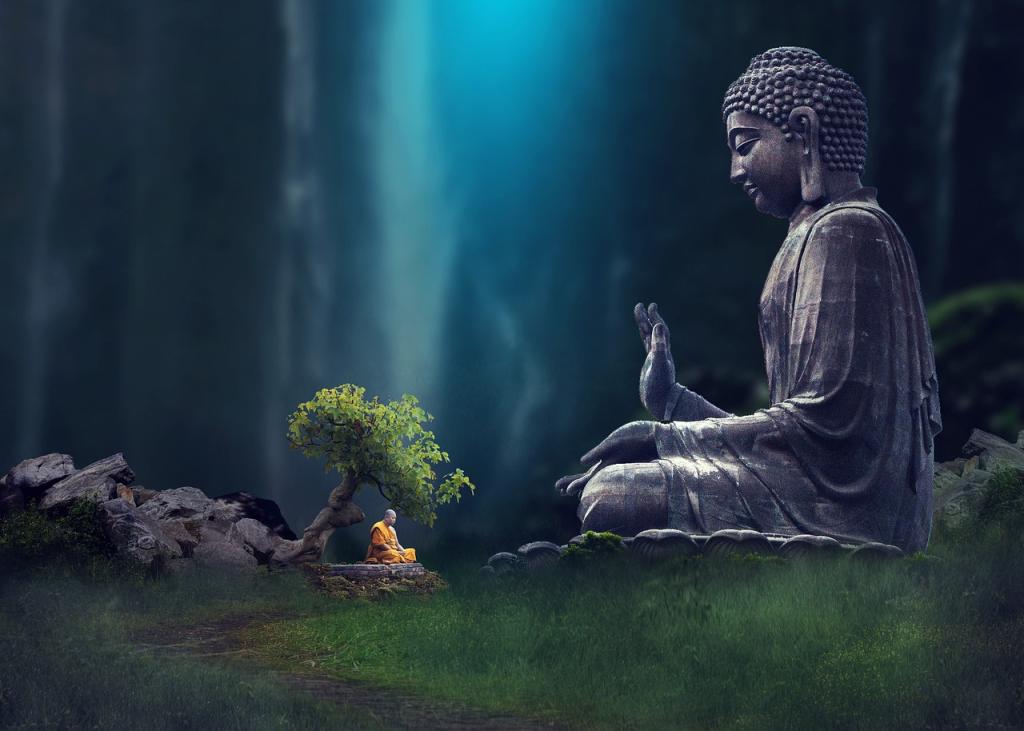
Here is a link to Chitta Chat, a Buddhist podcast I do. We are on season 3!
Can I get Equanimity For Christmas?

Beneath the joyful seasonal celebrations, we can find common ground between the teachings of Jesus and Buddha –the core essence of both their teachings remains remarkably alike -an unwavering focus on selflessness.
In a time of such global divisiveness, what could be more healing than supporting and celebrating each other? Even though many people have different beliefs, we all have this in common: At the very bottom of what we are is kindness and compassion, which is far more powerful than any form of divisiveness that the world can throw at us.
As we immerse ourselves in the joyous spirit of these festivities, let us cherish this essence that unifies us!
We all want happiness. We all want to avoid suffering. Let’s do something about it.
Let us amplify the common goodness in each other this season and know true equanimity on this planet!






